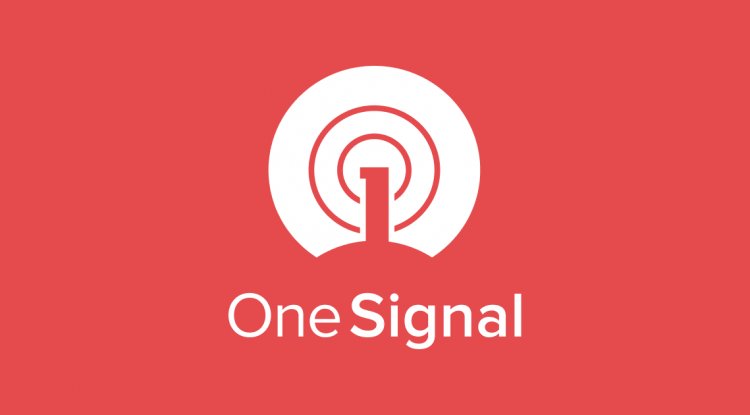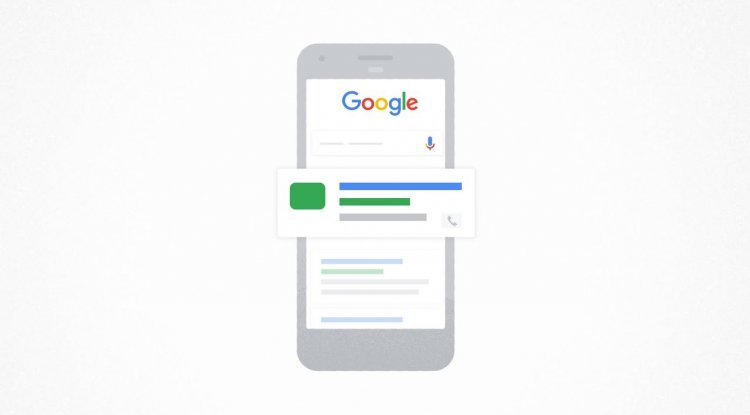Wear OS hybrid interface: Boosting power and performance
Posted by Kseniia Shumelchyk, Android Developer Relations Engineer In collaboration with our hardware partners, we’ve continued to prioritize the Wear OS by Google user experience. As such, we’ve made fundamental design changes to the platform and substantially expanded the capabilities of the Wear OS hybrid interface that improve two key areas: power and performance. With OnePlus Watch 2, powered with the latest version of Wear OS (Wear OS 4), the dual-chipset architecture works with our hybrid interface to get both chips to work better in tandem. This enables even more use cases to benefit from dramatically extended battery life of up to 100 hours of regular use with all functionalities accessible in Smart Mode. Together, we’ve created a premium smartwatch experience that doesn’t compromise the advanced feature set or battery life. In this post, we’ll share how you can benefit from these changes when building experiences for Wear OS. On the edge of innovation: redesigned sm

 Posted by Kseniia Shumelchyk, Android Developer Relations Engineer
Posted by Kseniia Shumelchyk, Android Developer Relations Engineer

In collaboration with our hardware partners, we’ve continued to prioritize the Wear OS by Google user experience. As such, we’ve made fundamental design changes to the platform and substantially expanded the capabilities of the Wear OS hybrid interface that improve two key areas: power and performance.
With OnePlus Watch 2, powered with the latest version of Wear OS (Wear OS 4), the dual-chipset architecture works with our hybrid interface to get both chips to work better in tandem. This enables even more use cases to benefit from dramatically extended battery life of up to 100 hours of regular use with all functionalities accessible in Smart Mode.
Together, we’ve created a premium smartwatch experience that doesn’t compromise the advanced feature set or battery life. In this post, we’ll share how you can benefit from these changes when building experiences for Wear OS.
On the edge of innovation: redesigned smartwatch architecture
Wear OS smartwatches have a dual-chipset architecture inclusive of a powerful application processor (AP) and ultra low-power co-processor microcontroller unit (MCU). The architecture has a powerful AP capable of handling complex operations en-masse, and is seamlessly coupled with a low power MCU.
The Wear OS hybrid interface enables intelligent switching between the MCU or the AP, allowing the AP to be suspended when not needed to preserve battery life. It helps, for instance, achieve more power-efficient experiences, like sensor data processing on the MCU while the AP is asleep. At the same time, the hybrid interface provides a seamless transition between these states, keeping a rich and premium user experience without jarring transitions between power modes.

Connectivity and notification experience
To enhance connectivity-reliant interactions like notifications and phone calls, OnePlus utilized platform capabilities with the notification API in the hybrid interface, enabling the MCU to process regular notification experiences and reduce the need to activate the AP.
For example, bridged notifications will be delivered to the watch without waking up the high-performance AP. Users can read and dismiss these notifications while the watch is still powered by the MCU. The MCU can also handle wearable-specific actions in notifications, such as quick replies or remote actions.
What this means for development
You can leverage existing Wear OS APIs to get these optimizations without any added effort – no code changes required!
Notifications
The notification hybrid interface enables seamless transitions between power modes to work with the Wear OS notification stack. You get the best notification performance by using the Notification API.
Health & Fitness experiences
The Wear OS hybrid interface also elevates the fitness experience with more precise workout tracking, automatic sports recognition and smarter health data monitoring. All of these can be offered to users without compromising battery life.
Starting with Wear OS 3, developers use Health Services on Wear OS to gain access to sensor data. The health hybrid interface works under the hood to enable power optimizations by batching sensor data on the MCU and periodically updating developer apps through the Health Services API on the AP.
Watch Faces
With Wear OS 4, we launched the Watch Face Format, a declarative XML format to create customizable and power-efficient watch faces.
The platform has created capabilities to implement Watch Face Format rendering on the MCU, so using the new format helps future-proof certain watch faces to take advantage of emerging optimizations in future devices for better battery usage.
Check out the watch face format documentation and design guidelines for Wear OS watch faces.
Expand your reach with Wear OS
With the additions to the Wear OS smartwatch ecosystem and expanded device capabilities, it's an ideal time to build experiences for smartwatches that can reach more users and benefit your business.
To begin developing apps for Wear OS, try our Compose for Wear OS codelab, and check out the documentation and samples.
Read more about developer updates in Wear OS 4, and how you can get your apps ready for the latest Wear OS watches.
We can’t wait to see what experiences you’ll build!
What's Your Reaction?





















